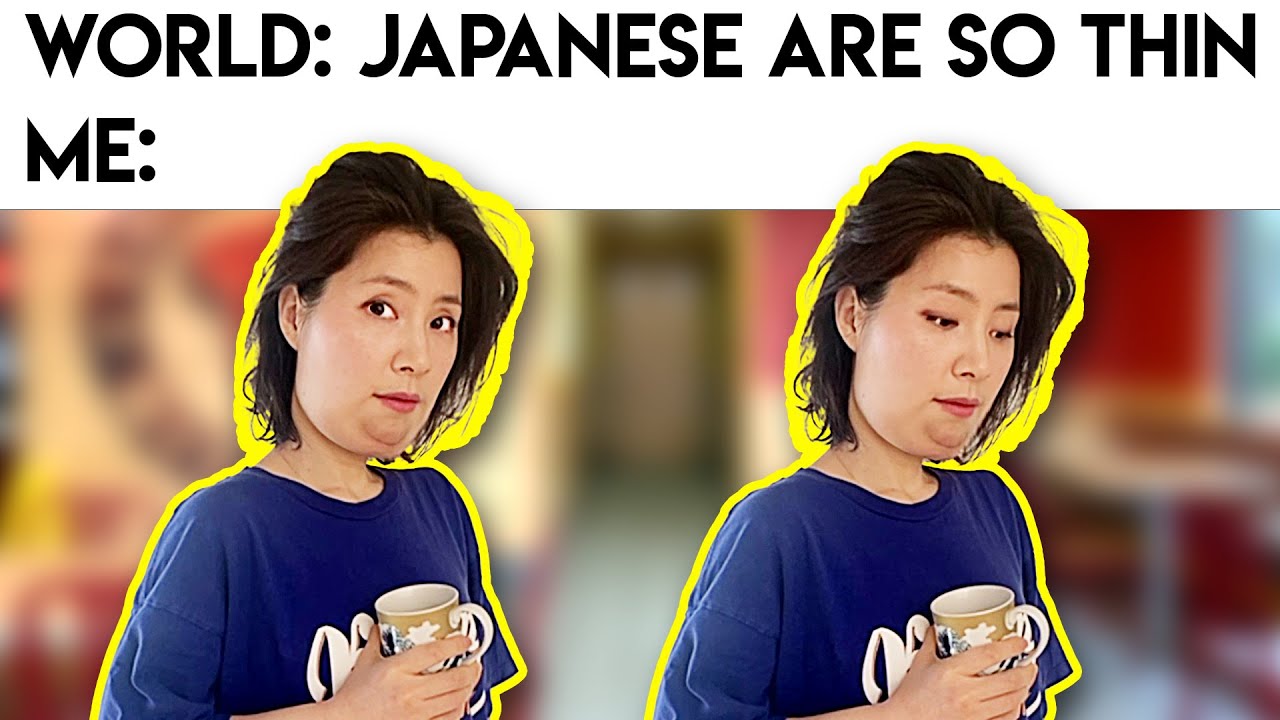【日本のマナーとルール#4】おはしのマナー
Summary
TLDRIn this video, Kin introduces seven basic manners when using chopsticks in Japan. He explains key etiquettes, such as not passing food from chopstick to chopstick, not moving dishes with chopsticks, and avoiding stabbing food with them. Kin also emphasizes the importance of not placing chopsticks on rice or pointing them at others. He highlights that while these traditional rules are still practiced, they are becoming more flexible in modern, casual settings. Kin concludes by acknowledging that not all Japanese people strictly adhere to these manners, especially in relaxed social situations.
Takeaways
- 😀 Chopsticks are essential to Japanese dining and carry cultural significance beyond just eating utensils.
- 😀 It is considered bad manners to pass food from one chopstick to the other, as it resembles a funeral ritual.
- 😀 You should not use chopsticks to move dishes closer to you; instead, use your hands to adjust the dish's position.
- 😀 Stabbing food with chopsticks is seen as childish and improper, so it’s better to pick food up gently with chopsticks.
- 😀 Avoid placing chopsticks on top of rice, as this mimics a funeral tradition and has a negative connotation.
- 😀 Fidgeting with chopsticks on the plate while deciding what to eat is considered disrespectful and unattractive.
- 😀 Pointing at people with chopsticks is rude and disrespectful, similar to pointing with fingers.
- 😀 It’s improper to lick or hold chopsticks in your mouth, as it looks unclean and unsightly.
- 😀 These seven basic chopstick manners are rooted in tradition, emphasizing respect during meals.
- 😀 While these rules are important, Japanese people may relax or disregard them in casual settings like meals with friends or family.
- 😀 The rules introduced by Kin offer a blend of cultural understanding and etiquette that may vary depending on context and setting.
Q & A
Why is it considered bad to pass food from chopstick to chopstick in Japanese culture?
-It is considered bad because it resembles the practice during funeral ceremonies when the bones of the deceased are passed from one end of the chopsticks to the other and placed in an urn. This practice is associated with death, and passing food in this way during a meal is seen as a bad omen.
What should you do if you want to move a dish closer to you while eating?
-Instead of using chopsticks to move the dish, you should take the dish with your hands to move it closer to you.
Why is stabbing food with chopsticks considered bad manners?
-Stabbing food with chopsticks is seen as childish and improper. The correct way to use chopsticks is to pick up food, not stab it.
What is the reason behind not placing chopsticks on top of rice?
-Placing chopsticks on top of rice is linked to funeral customs in Japan. During funerals, chopsticks are placed on top of the rice near the deceased, so doing the same while eating gives the wrong impression and is considered bad manners.
Why should you avoid moving your chopsticks around while deciding what to eat?
-Moving chopsticks around while deciding what to eat appears ungraceful. It is better to decide what you want to eat before using chopsticks to pick up the food, which looks more composed and polite.
What is the cultural significance of pointing chopsticks at someone in Japan?
-Pointing chopsticks at someone is considered rude in Japanese culture. Similar to pointing with your fingers, it is seen as disrespectful and impolite.
What is the correct use for chopsticks in Japan?
-Chopsticks are specifically for eating food, particularly rice. They should not be used for any other purpose, such as pointing or moving objects that are not food.
Why is it considered bad to lick or hold chopsticks in your mouth?
-Licking or holding chopsticks in your mouth is seen as unclean and unattractive. It creates a negative impression and violates basic dining etiquette.
Do all Japanese people strictly follow chopstick etiquette?
-Not all Japanese people strictly follow chopstick etiquette, especially in casual settings with family and friends. People may relax the rules when enjoying a more informal meal.
Why have some of these chopstick rules become less followed in recent times?
-These rules have been influenced by various cultures and religions over time, and modern interpretations of them have become more relaxed. People may feel differently about the significance of these rules today.
Outlines

Этот раздел доступен только подписчикам платных тарифов. Пожалуйста, перейдите на платный тариф для доступа.
Перейти на платный тарифMindmap

Этот раздел доступен только подписчикам платных тарифов. Пожалуйста, перейдите на платный тариф для доступа.
Перейти на платный тарифKeywords

Этот раздел доступен только подписчикам платных тарифов. Пожалуйста, перейдите на платный тариф для доступа.
Перейти на платный тарифHighlights

Этот раздел доступен только подписчикам платных тарифов. Пожалуйста, перейдите на платный тариф для доступа.
Перейти на платный тарифTranscripts

Этот раздел доступен только подписчикам платных тарифов. Пожалуйста, перейдите на платный тариф для доступа.
Перейти на платный тарифПосмотреть больше похожих видео

【27 Japanese table manners.】What not to do in Japan. by Japanese chef 日本のテーブルマナーchopsticks manners.

Table Manner yang harus kamu ketahui sebelum pergi ke Jepang

Why it SUCKS being fat in Japan

How To Use Chopsticks - In About A Minute 🍜

Table Manners - Ultimate How-To Guide To Proper Dining Etiquette For Adults & Children

Learn All about Japanese Culture in 30 Minutes!
5.0 / 5 (0 votes)
